In the middle of the Atlantic Ocean, 1400 km from the mainland, lies a small Portuguese archipelago; The Azores. The climate in the Azores is somewhat warmer than in Denmark, but the weather is just as changeable as here at home. It is often cloudy, and you should expect precipitation. If you travel to the classic holiday destinations such as the Canary Islands, Crete and Mallorca, shorts, t-shirt and flip flops are usually the right attire, but in the Azores you must be prepared for a little bit of everything. A waterproof jacket is a must, and on a windy day in the mountains with dense fog, a warm layer of clothing under the jacket may also be necessary. When the sun burns through the clouds, it can also be practical to have a long-sleeved thin t-shirt or shirt, which can protect against the sun's rays. And don't forget your cap!
In addition, practical footwear is required if you have to move around the mountains or on the lava rocks along the coast to get to the good fishing spot.
The Azores have for many years been known for big game fishing for large fish species such as marlin, tuna and dorado. In the harbors, the large motor boats are ready to take anglers on exotic fishing adventures. But what happens if you go exploring, almost on your own? In the autumn of 2022, I visited the island of São Miguel, to fish for some of the smaller, and perhaps not so well-known fish species in the Azores. It certainly wasn't boring, and together with my fishing partner Jørn we caught over 30 different species of fish in one week. Take a small trip to the island's lakes for black bass and carp, to the harbors for pompano, parrotfish, pufferfish and moray eel and last but not least with a smaller boat on the sea for triggerfish, sea bream and other exciting fish species.
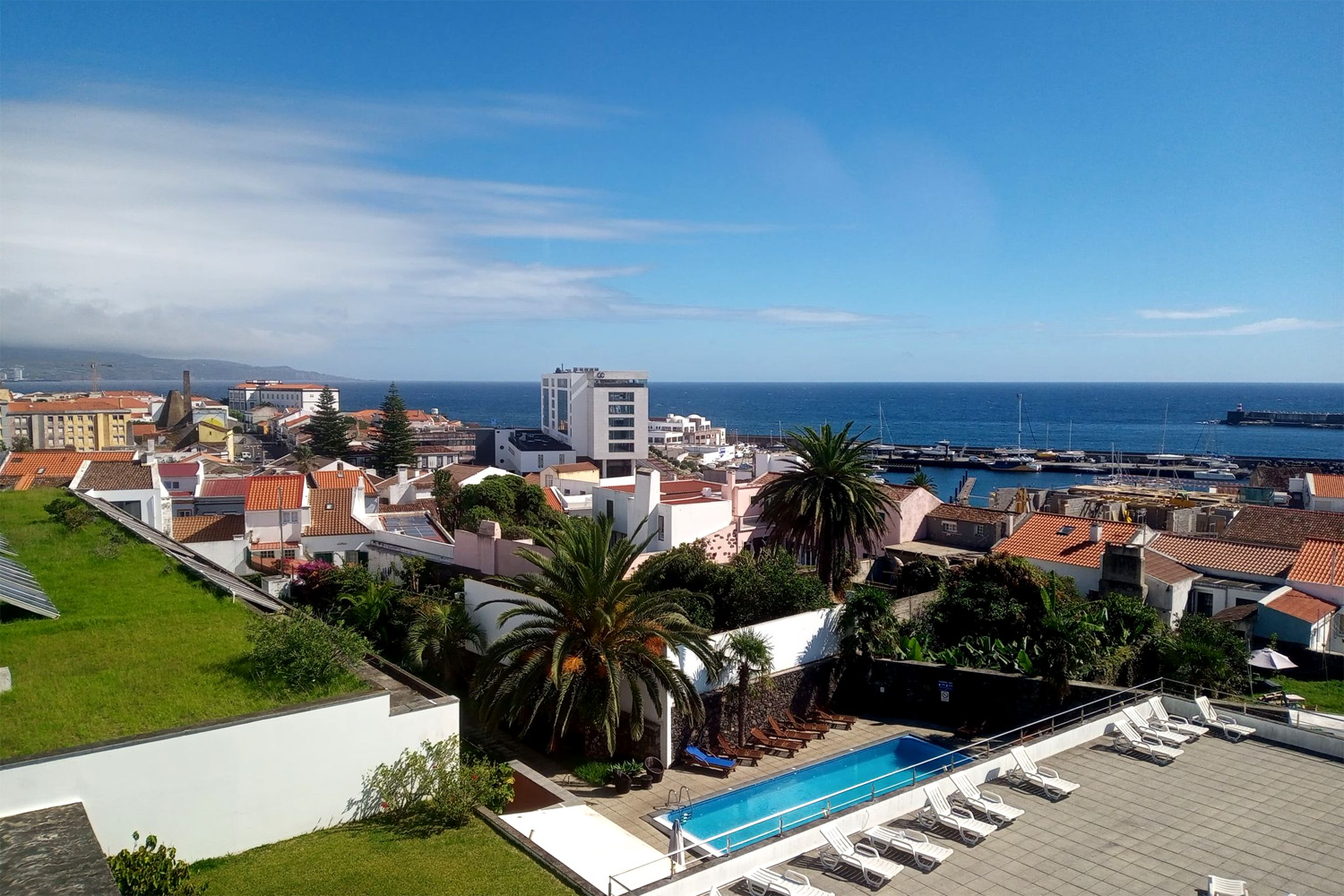 |
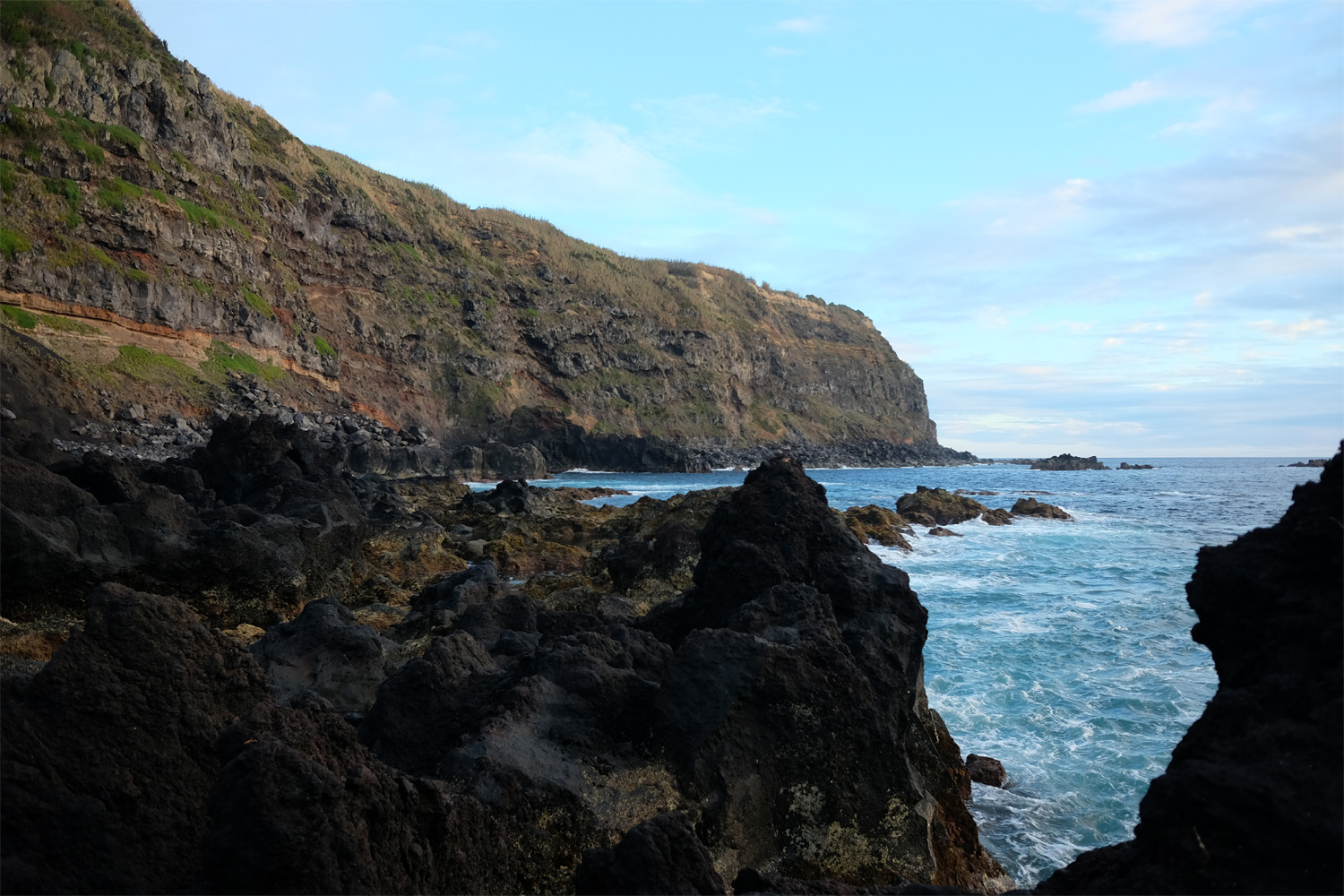 |
The fresh waters of the Azores
Despite the fact that the Azores are surrounded by the great Atlantic Ocean, one must not overlook the fresh lakes on the islands. The lakes holds almost exclusively fish species that are also found in Denmark, but the nature around the lakes is magnificent. Large volcanic craters surround the freshwater, and you'll find everything from steep cliffs, long stretches of sandy beach and overgrown hiking trails along the lakes. In addition to the domestic fish species, there is also a slightly exotic species; black bass or large mouth bass. Black bass is the classic bass that Americans love to catch in the US, but it has also found its way out into the middle of the Atlantic. In addition to bass, there are also perch, roach, carp, pike, rainbow trout and zander in the lakes.
On our trip, we managed to catch all the freshwater species except zander. The carp were the biggest fish and the best fighters, but black bass is probably the species that you will remember best.
The classic bait for bass is a jig, and it was also the bait we had the most luck with. My trusty ned-rig jig, on which I have caught many perch in Denmark, also worked in the south. I fished the jig in the completely traditional way with a jig head. This method yielded a few bass, but the most effective was clearly fishing the ned-rig jig with no weight load. A size 6 single hook through the end of the jig body, and then just a meter of nylon line, a small swivel and then thin braided line on the reel.
The bass could not resist the almost weightless jig body which slowly descends through the water column. If they were still hesitant to strike, a few gentle flicks of the rod tip could be what got the fish to strike! We caught bass up to around a kilo in Lagoa do Fogo.
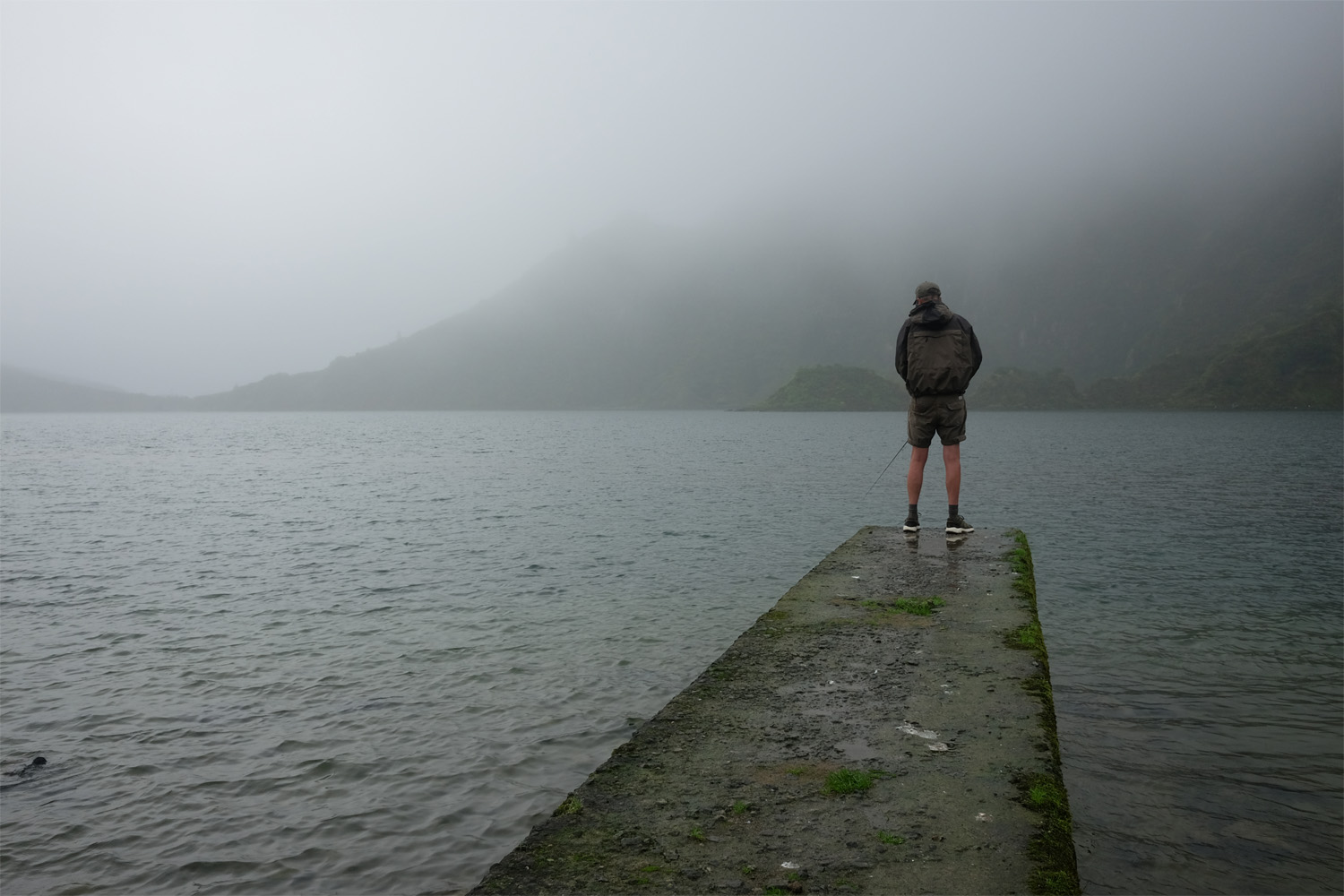 |
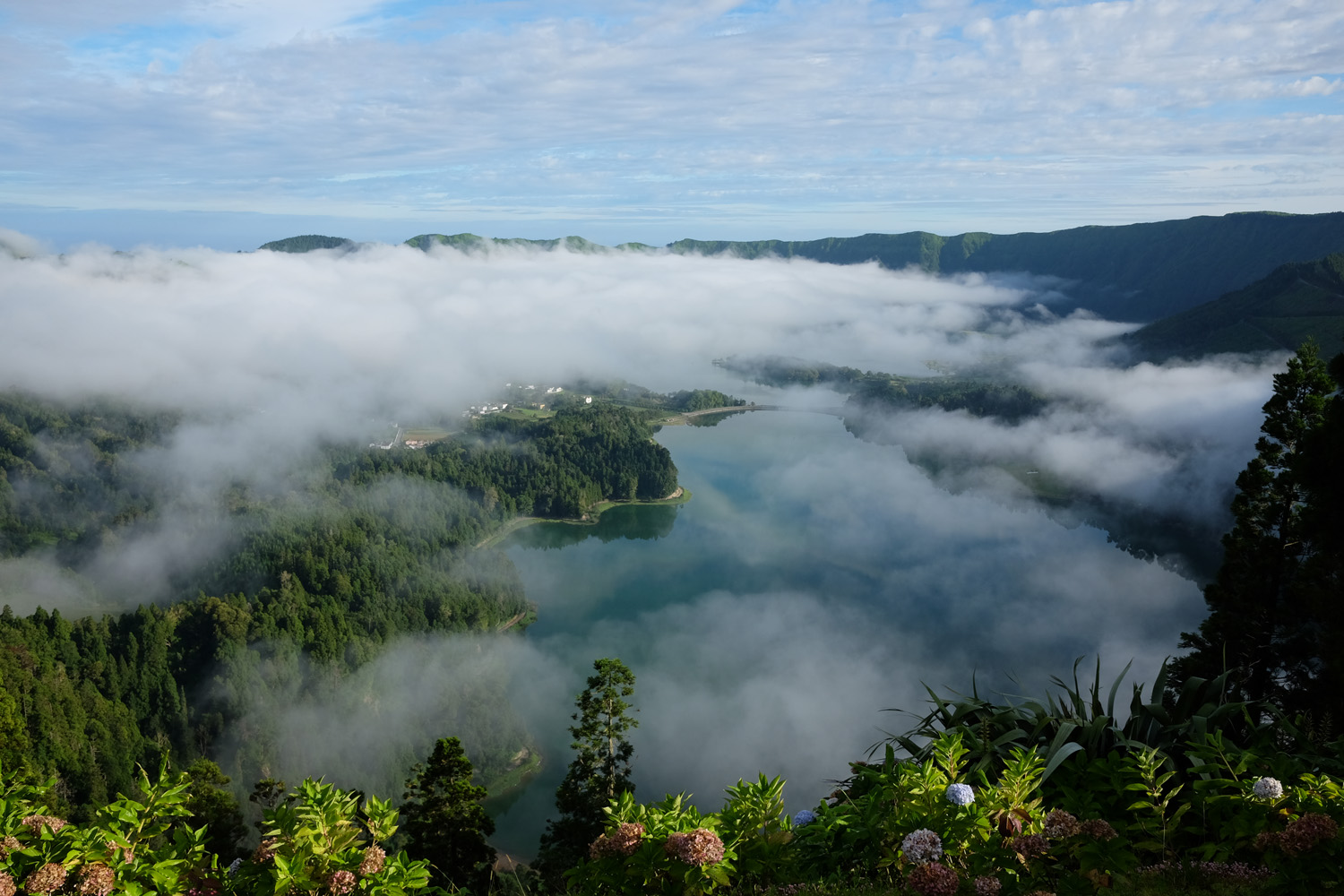 |
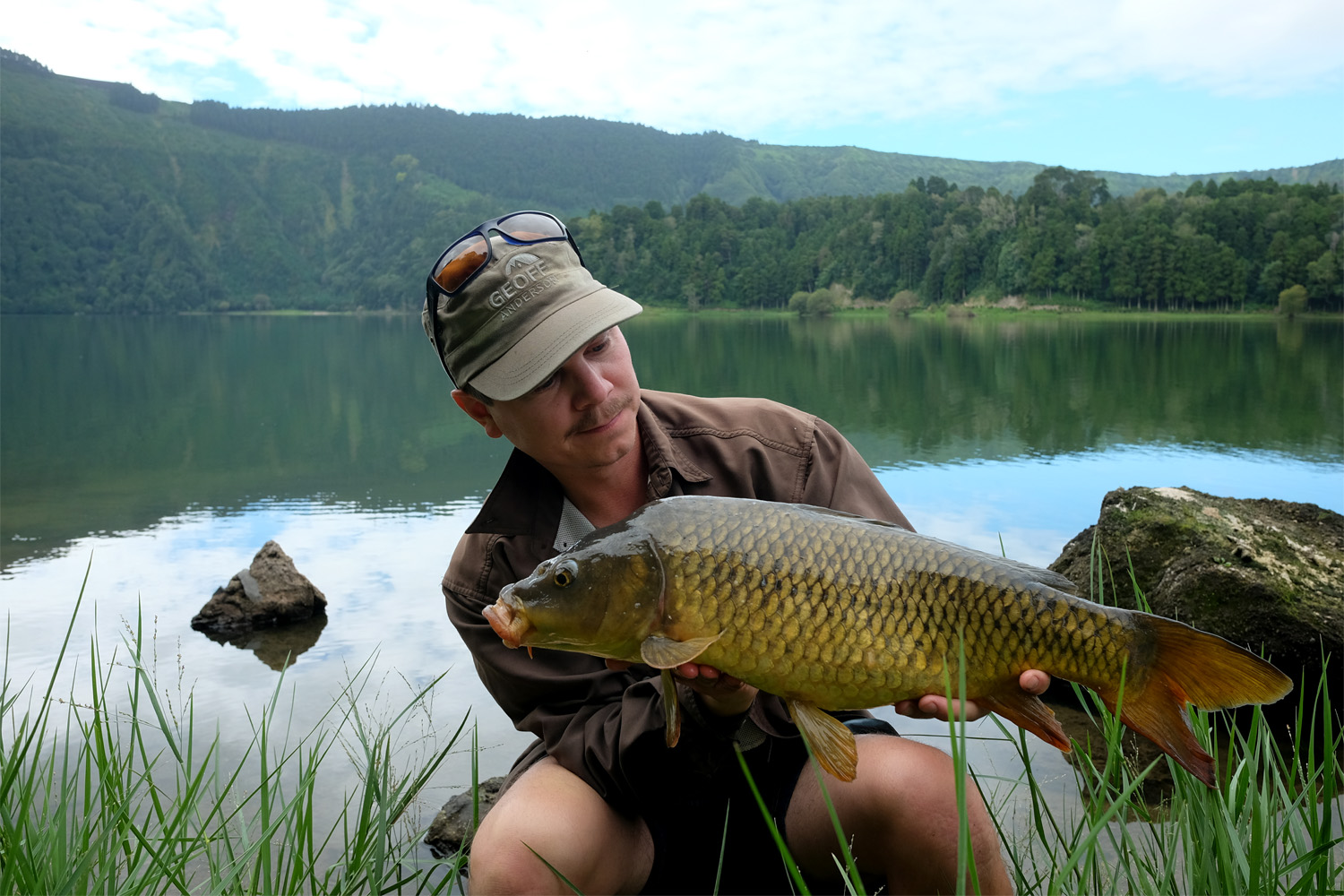 Carp of approx. 2,5 kilos caught on toast. Carp of approx. 2,5 kilos caught on toast. |
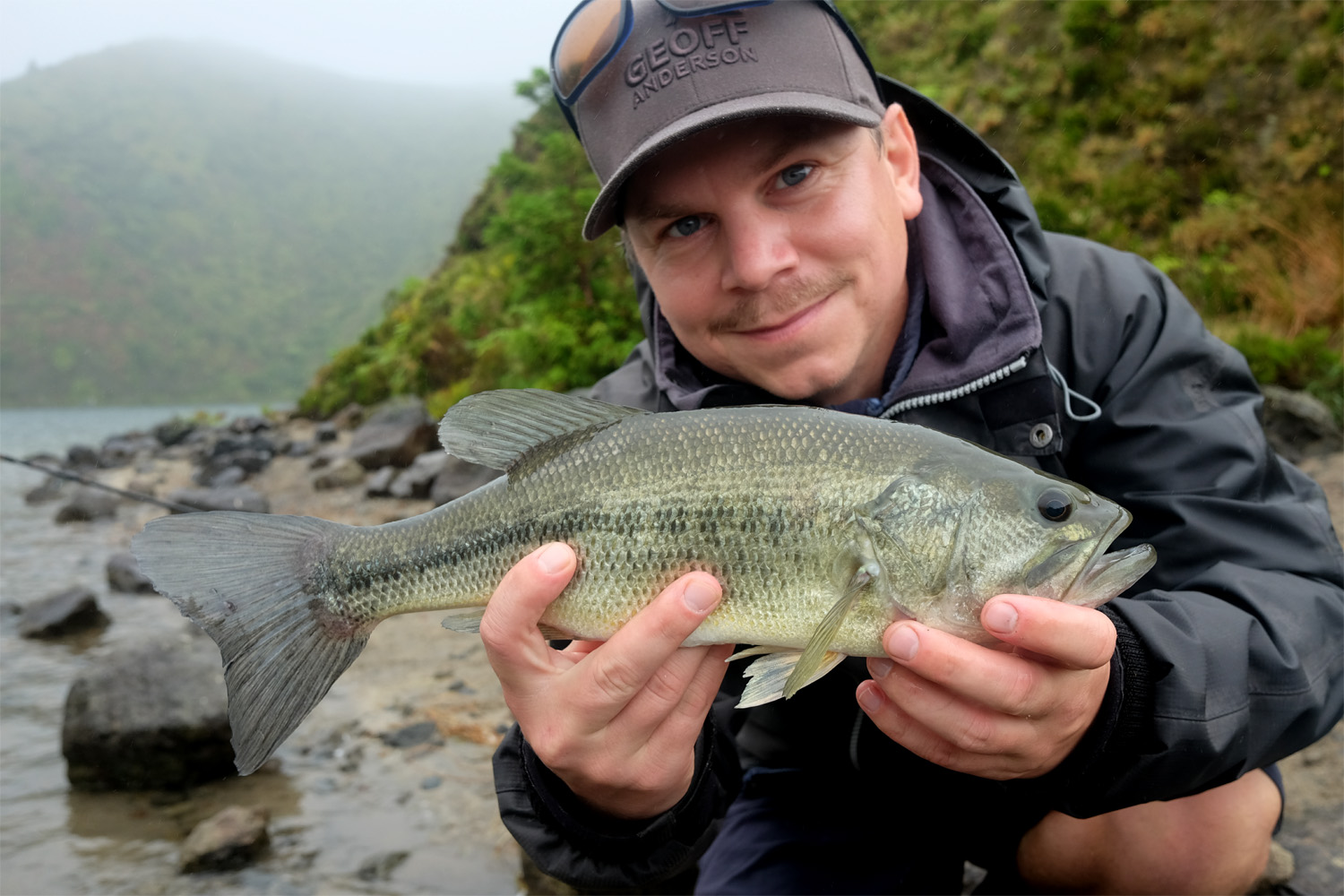 Black bass caught on jig. Black bass caught on jig. |
Harbor fishing with bread and shrimps
The light harbor fishing in various harbors around São Miguel was the fishing we spent the most time on. It was also here that we caught the most different fish species and the strangest fish species. Pompano, parrotfish, pufferfish and moray eel were just some of the species that made the list. A surprising number of fish ate toast bread when we pre-baited it, otherwise it is not a bait that is used in salt water in Denmark, unless you are fishing for mullets.
The mullets were also on the spot when pre-baited, but we also saw sea bream, spanish mackerel, horse mackerel and pompano eating floating and sinking bread pieces. Bread was good, but some types of fish needed something else. Shrimp was probably the best bait for the species that did not eat bread, but pieces of squid, mussel or mackerel also worked perfectly for species such as parrotfish, pufferfish and moray eels.
We tried a bit of spin fishing in the harbours, but we didn't have much luck with that, the natural baits were the best.
One afternoon, at the port of Rabo de Peixe, we ran into a large shoal of pompanos. We caught the first pompano on small metal jigs and blinkers, but when we discovered that the pompano ate bread from the surface, we experimented a bit. A lump of toast could be rolled into a small sausage and put on a single hook. The bread sausage slowly sank through the water column, and often managed to sink 2-3 meters before the pompanos caught sight of it. The visual fishing and the well-fighting pompanos, which were up to 35 cm long, made the fishing super exciting.
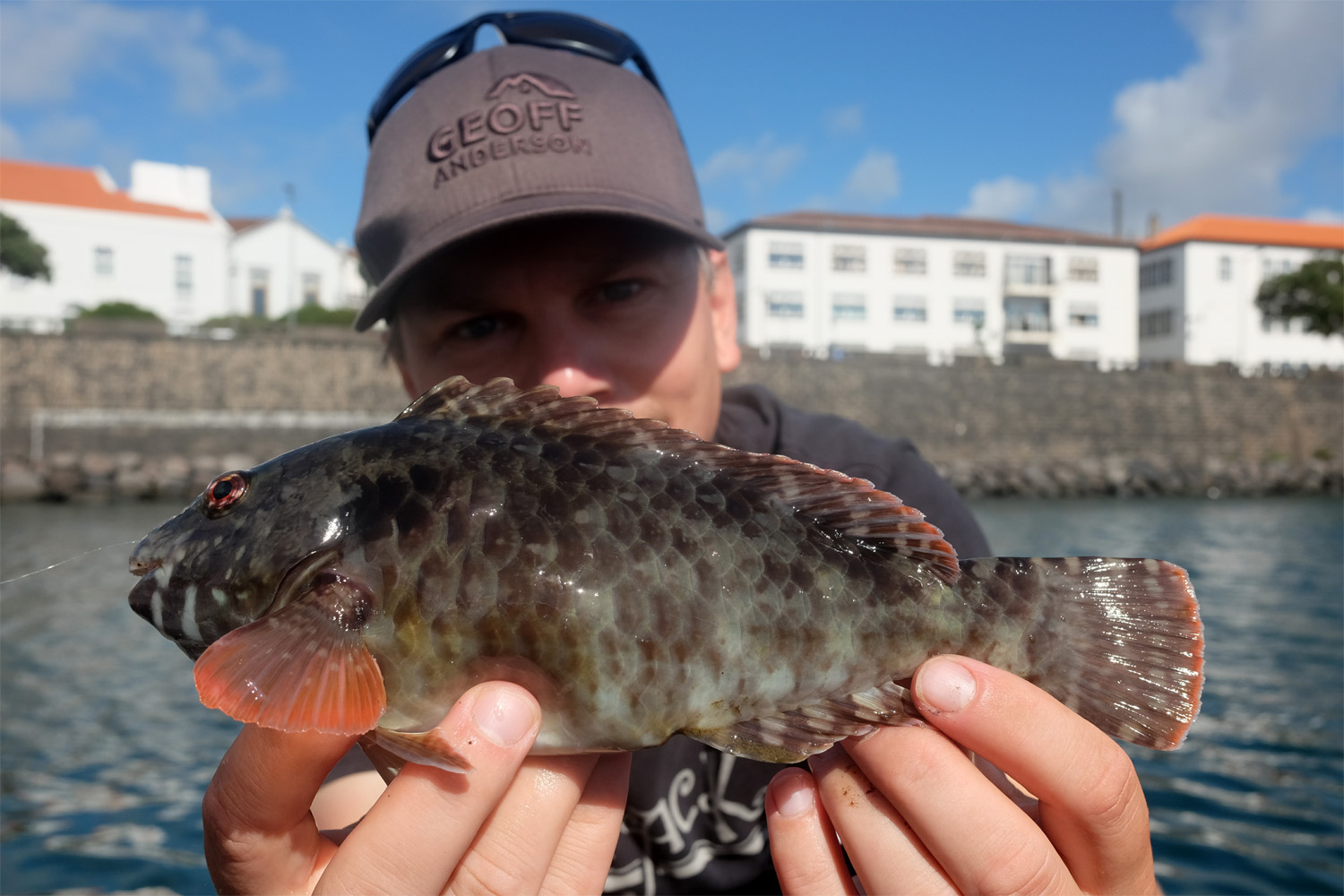 Parrotfish caught on shrimp. Parrotfish caught on shrimp. |
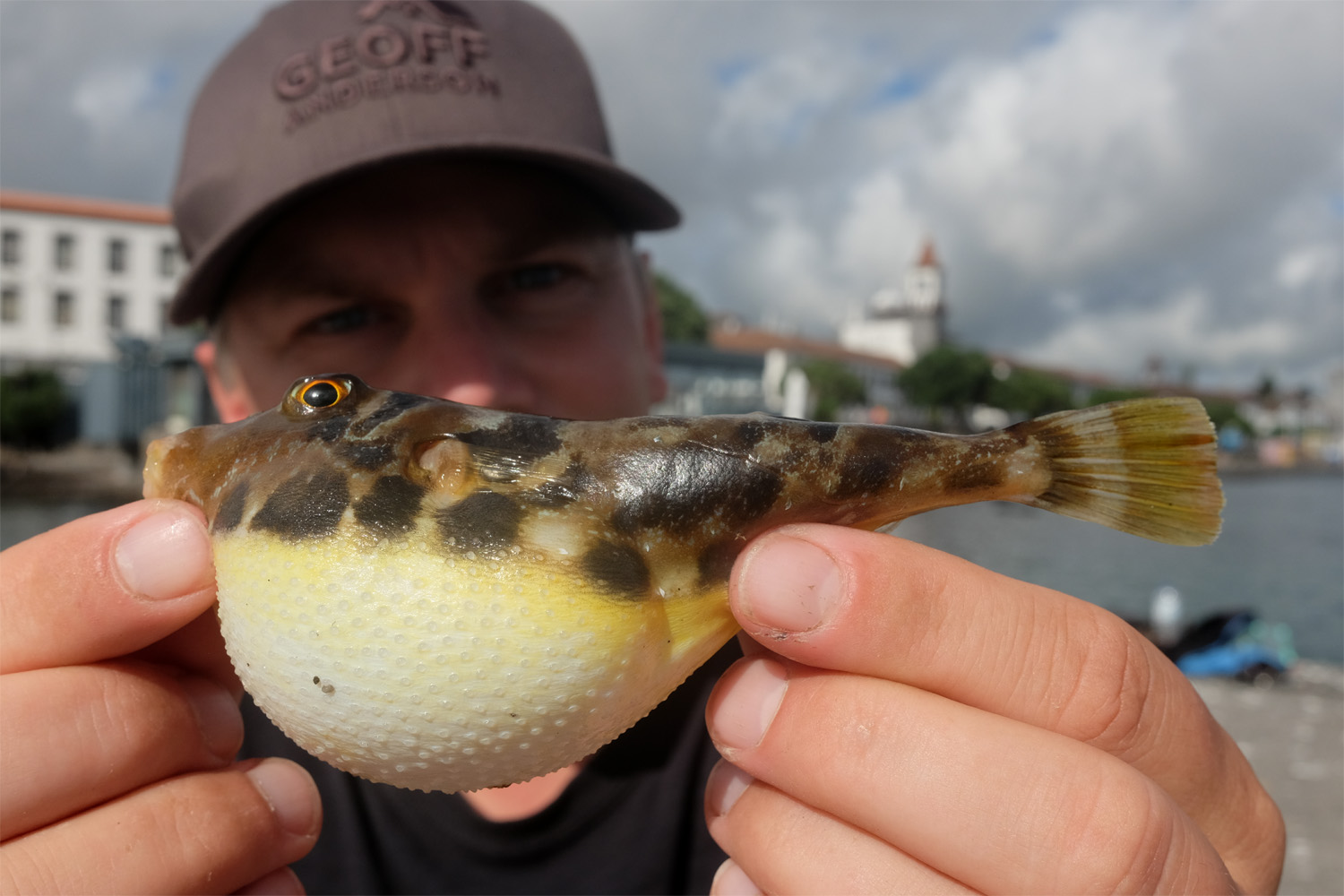 Pufferfish caught on a piece of squid. Pufferfish caught on a piece of squid. |
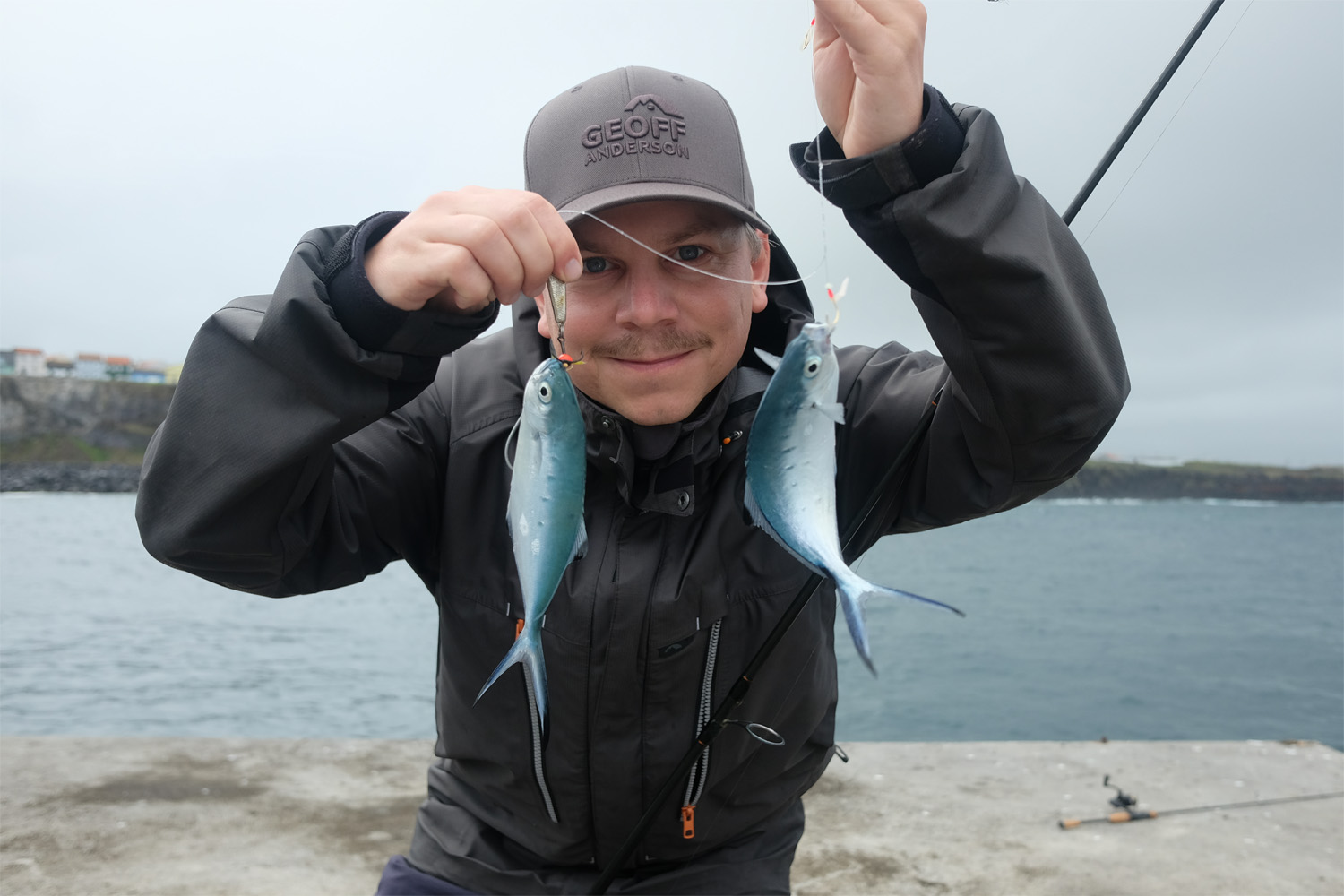 Pompanos caught on metal jig. Pompanos caught on metal jig. |
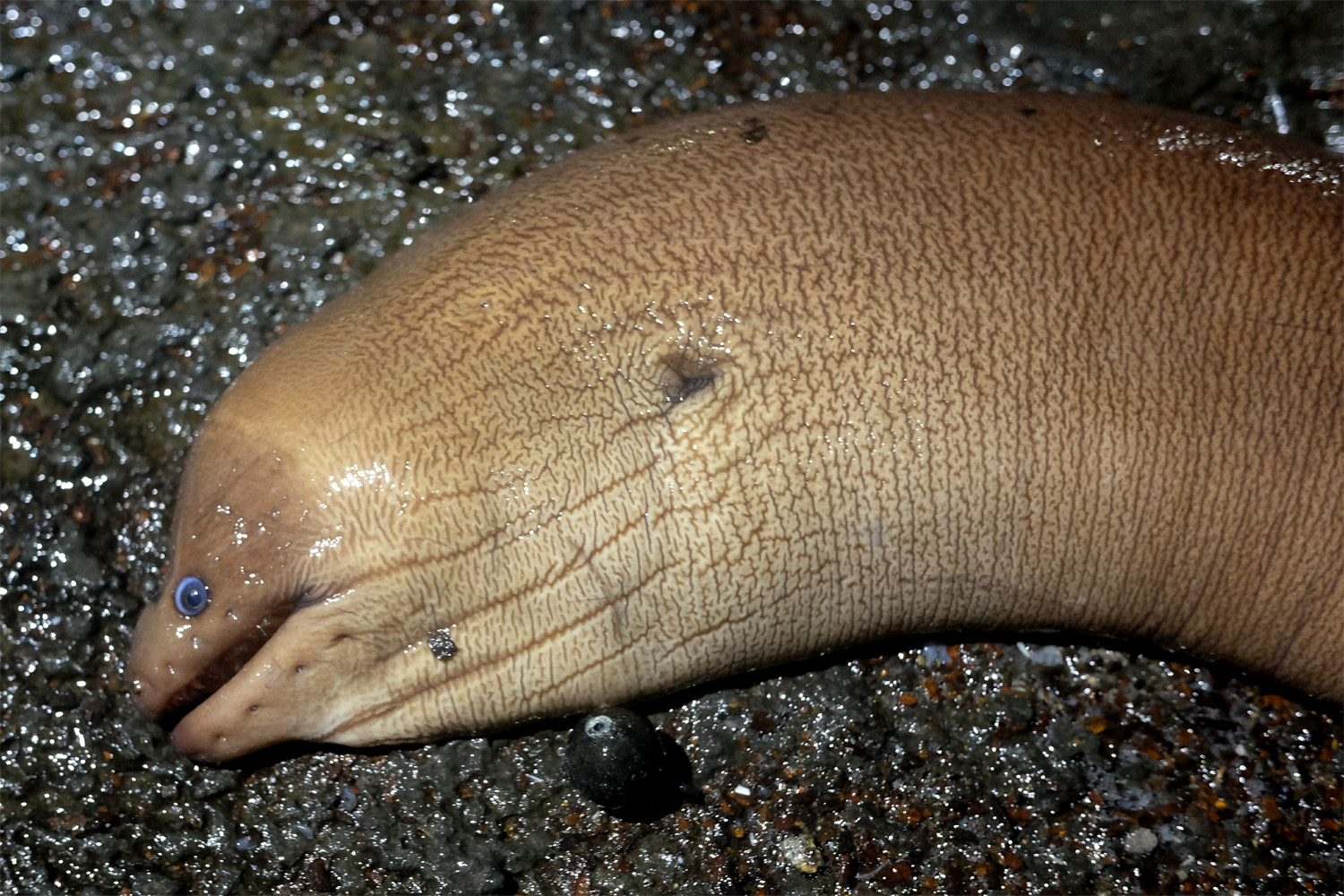 Moray eel caught on a piece of mackerel. Moray eel caught on a piece of mackerel. |
On the boat for exotic fish species
After some fishing on our own, we wanted to treat ourselves to a guided trip on the sea. One early morning we sailed out to sea from the harbor town of Porto Formoso with a small boat. The trip started with some fishing with wobblers. The trolling yielded some fish, i.a. barracuda, spanishmackerel and a blacktail comber.
However, the really exciting fishing only started when we could start bottom fishing with our own light gear. On the sonar, the skipper found a school of fish, and it didn't take many minutes before the rods bended. Big triggerfish were chomping on everything served to them. The fish fought fantastically on the light gear.
Later on the trip we also came across other species of fish, e.g. sea bream and the colorful swallowtail seaperch.
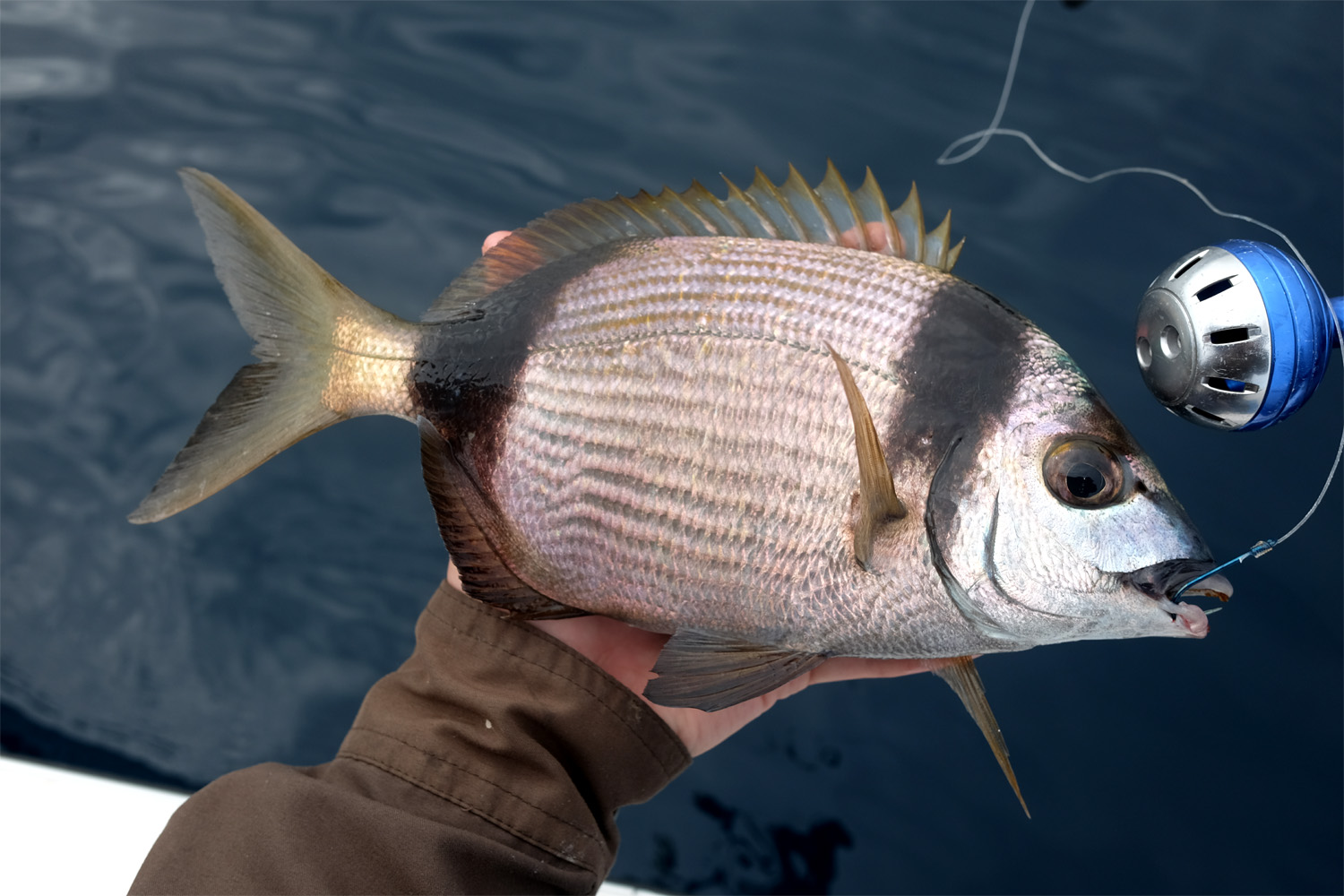 Two-banded sea bream Two-banded sea bream |
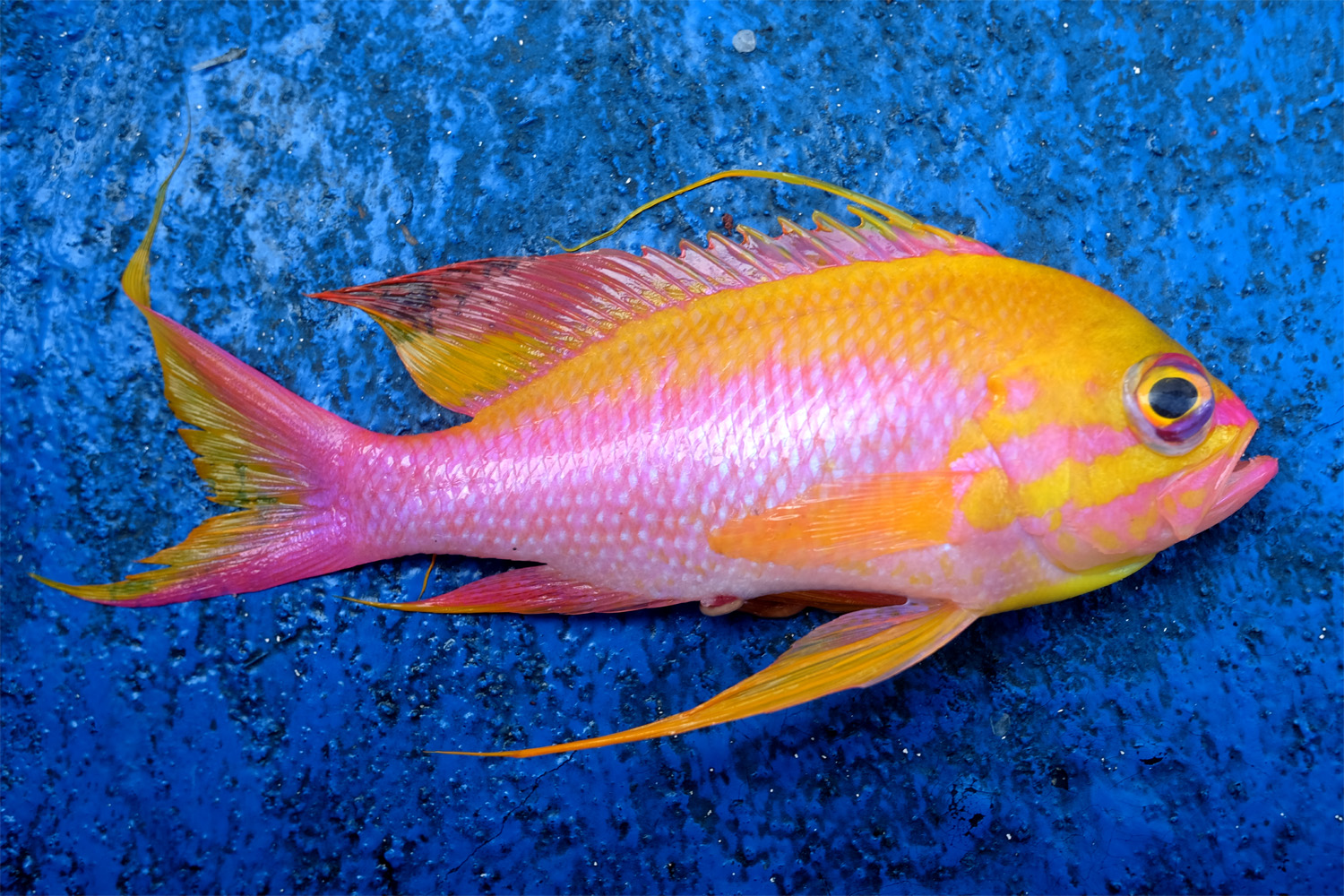 Swallowtail seaperch. Swallowtail seaperch. |
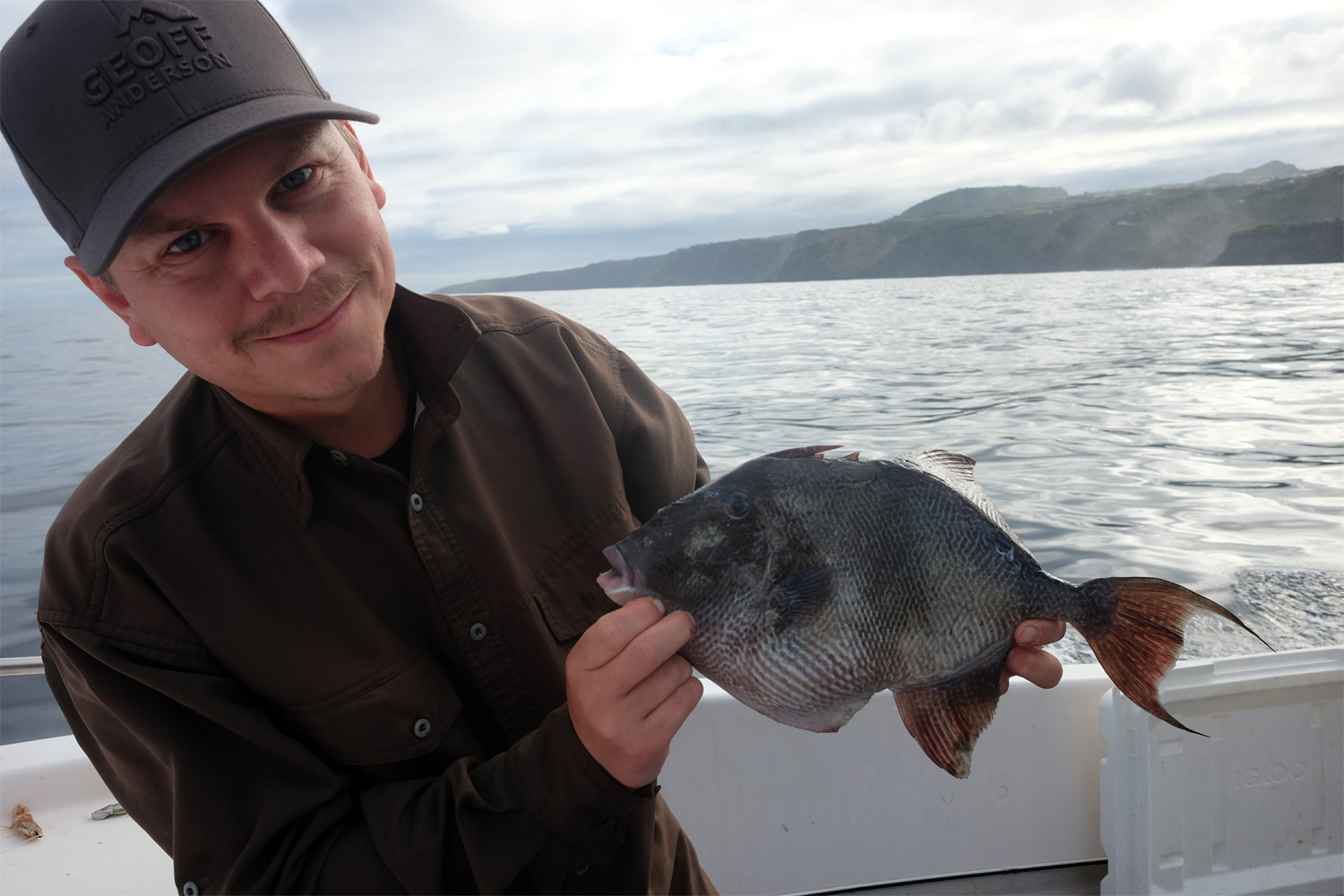 Triggerfish. Triggerfish. |
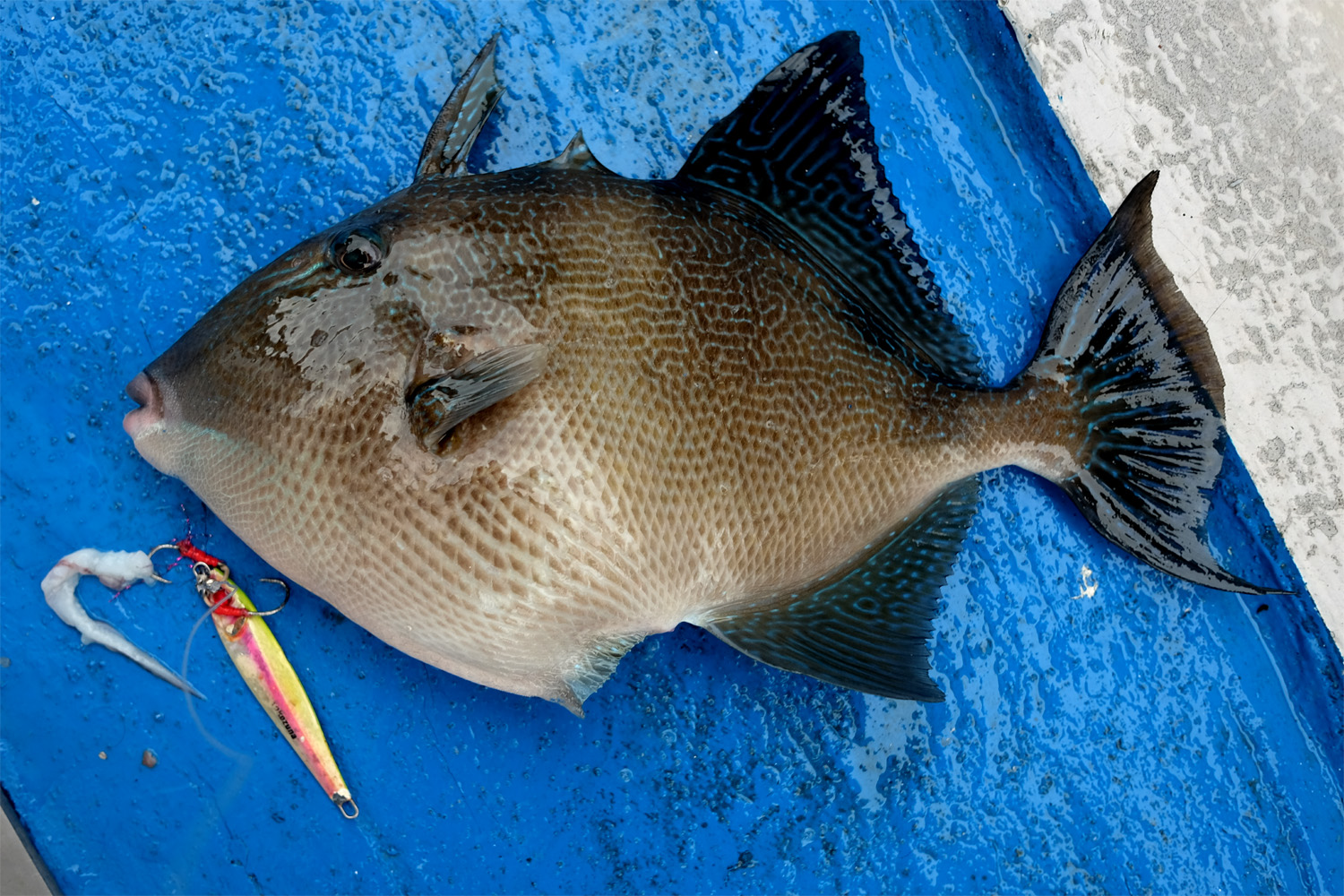 Triggerfish. Triggerfish. |
By Kasper Strube
Read more in this danish article at FiskeFoto:
https://www.fiskefoto.dk/artikel/fisketur-til-azorerne-2022-lystfiskeri/89

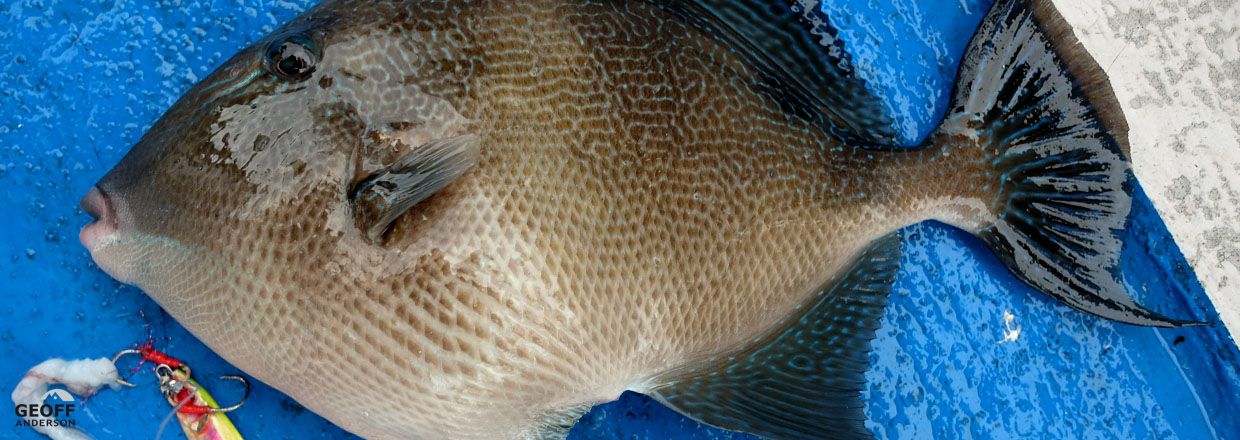
We will publicly show your name and comment on this website. Your email is to ensure that the author of this post can get back to you. We promise to keep your data safe and secure.